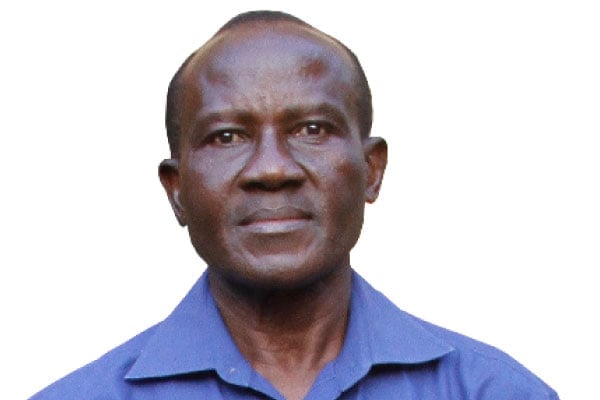Prime
Kampala roads: Mismanagement, insufficient budget, or inappropriate repair works?

Angello Murekye
What you need to know:
Considering the growing network of tarmac roads in Kampala and the country, stakeholders in the road sector may find it beneficial to build upon the accumulated local experience and technical capacity since the late 1990s.
As 2024 starts, Kampala grapples with a persistent crisis of deteriorating roads, highlighted by multiple waves of public outcry in 2023. A pivotal moment in the outcry occurred when President Museveni ordered the release of Shs6 billion and tasked the Special Forces Command with repairing the roads.
Regarding management issues, the establishment of the Uganda National Roads Authority (UNRA) and the Uganda Road Fund (URF) in 2006 and 2008, respectively, represented positive strides at the national level to enhance road sector administration. The KCCA Act of 2010 further addressed city management, including roads, contributing positively to the overall road sector. Concerning the maintenance budget, the inadequacy of funding, highlighted by the Kampala minister and supported by the URF executive director, underscores the challenge of a limited budget, a common issue in road agencies globally. This article now shifts focus to the appropriateness of the ongoing repair works as the third crucial factor in the lamentable state of Kampala roads. Examining KCCA’s road network (2,110 km in 2023), comprising 30 percent tarmac and 70 percent murram roads, the focus is on tarmac roads.
As of 2023, Uganda Road Fund data indicates that 29 percent of Kampala’s tarmac roads exhibit good surface smoothness, while 71 percent fall into fair to poor conditions. Despite surface smoothness not offering a comprehensive assessment, the low percentage of roads in good condition strongly suggests significant navigability challenges.
To assess road repair efforts, the connection between road condition and repair works must be explored, emphasising targeted actions based on the assessed road condition.
The Uganda Road Maintenance Management Manual categorises road conditions into excellent, good, fair, poor, and very poor after assessing factors like cracking, surface smoothness, and potholes. A prioritisation process based on traffic volume determines which roads to repair first, aligning with the maintenance management manual’s recommendation.
Once a priority list is established, specific repair works are chosen from the Uganda Road Maintenance Specifications Manual, including pothole patching, road edge repairs, spot sealing, road foundation repairs, breaking existing road surfaces, limited reconstruction, and surface sealing.
These repairs are organised into routine or periodic maintenance projects, with routine tasks performed annually and periodic maintenance conducted every few years.
While the specifications manual suggests periodic repairs for tarmac roads should occur every few years, it lacks specific guidelines for implementing conventional periodic maintenance.
Notably, modern tarmac roads, with a history spanning over 170 years since the first in France in 1852 and the USA in 1876, have a well-documented performance record.
In the road engineering community, it is established that a well-maintained tarmac road can last up to 50 years with appropriate routine and periodic repairs. Repair works, aimed at addressing surface smoothness and strengthening the road, play a vital role. Illustratively, for a road from commissioning to its 50th year: Year 0 involves construction; years 12, 22, and 44 see minor to moderate repairs, ensuring smoothness and strengthening the road. Repair activities at these intervals are recognised as crucial for cost-effectiveness and durability, with occasional minor repairs addressing isolated damage like potholes between major activities.
Considering the growing network of tarmac roads in Kampala and the country, stakeholders in the road sector may find it beneficial to build upon the accumulated local experience and technical capacity since the late 1990s.
This allows for updating existing road construction and maintenance guidelines, with a focus on accommodating heavier traffic and the potential for long-lasting roads, which could ensure the timely and appropriate execution of repair works. This approach aims to guarantee the longevity of well-maintained roads, facilitating people’s daily lives and supporting the economic and social development of the country.
Mr Angello Murekye, Civil engineer, Managing Director at SAKM Engineering Ltd. [email protected]




